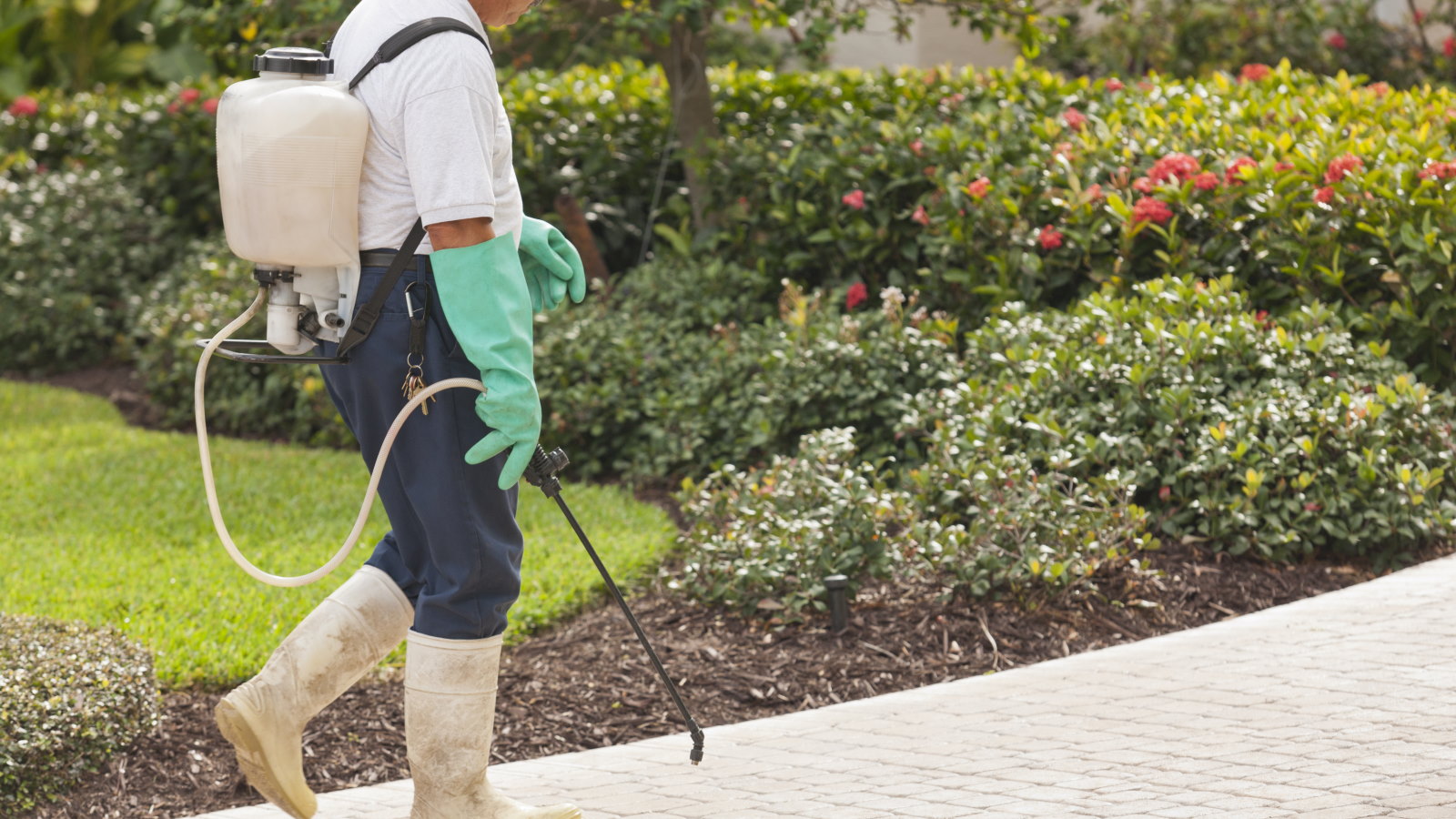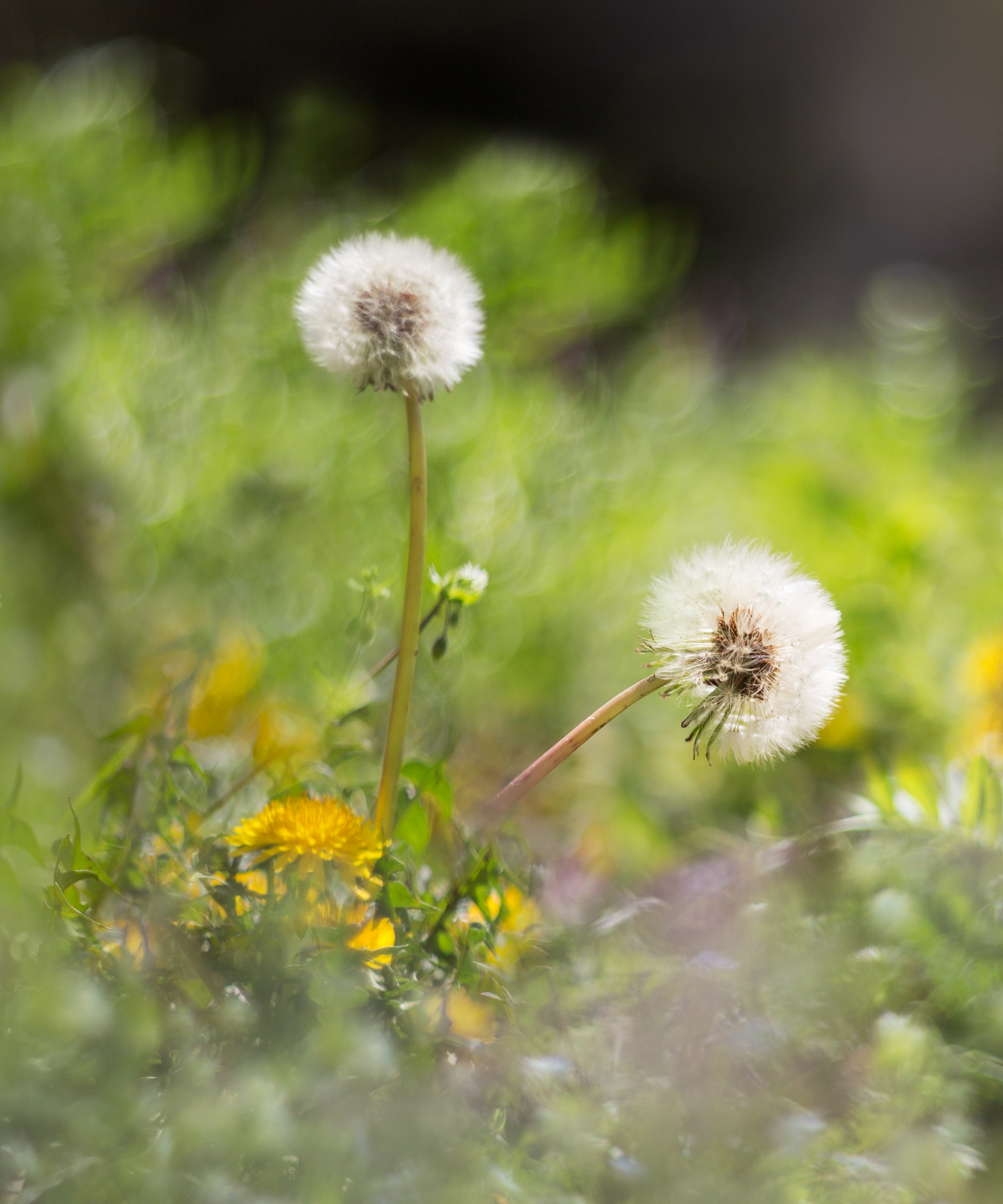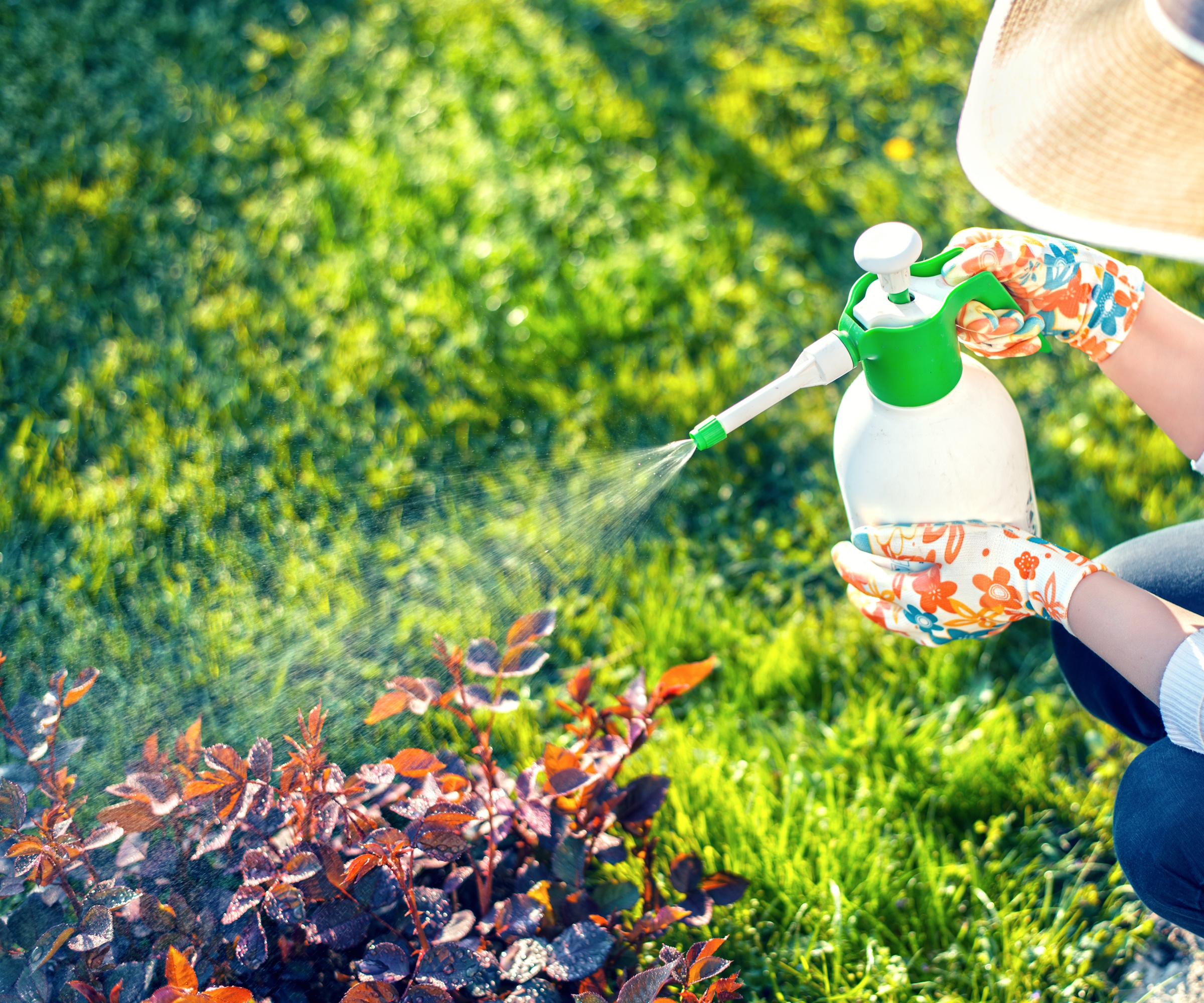How to make weed killer – an expert-approved recipe using 4 common household items, plus tips on successful weed control
Our easy weed killer recipe will banish pesky patio invaders


Rachel Bull
It's the interminable job faced by all gardeners everywhere. Yes, I'm talking about weed control. No matter how or where you garden, there will always be unwanted plants popping up in your flower beds, vegetable garden and even pots, taking precious nutrients from the plants you want to grow.
We previously posted a TikTok on how to make a homemade weed killer – and it went viral. It prompted many questions from our followers on how to make weed killer, and how to get rid of weeds, many of which we answer for you here.
We share an expert-approved recipe for how to make weed killer, which is particularly effective for removing weeds from pavers, and we have also spoken to gardening experts to find out what other methods you can use to keep garden weeds under control.
How to make weed killer

You can make weed killer using ingredients like vinegar, Epsom salts, baking soda, and dish soap – but this solution does come with caution.
'Baking soda, among other ingredients, can be used to kill weeds but you have to be careful how you use it because it can kill other plants it comes in contact with,' says Annette Hird, expert gardener at Easy Urban Gardens.
While it is a highly effective recipe, this weed killer requires careful application to avoid harming surrounding plants.
For our weed killer recipe, you will need:
Design expertise in your inbox – from inspiring decorating ideas and beautiful celebrity homes to practical gardening advice and shopping round-ups.
- White vinegar (from Walmart)
- Epsom salts (from Walmart)
- Dish soap (from Walmart)
- Baking soda (from Walmart)
- A spray bottle (from Amazon)
How to make weed killer

The first thing you need to do is mix together two cups of vinegar, two cups of Epsom salts, one teaspoon of dish soap, and one teaspoon of baking soda. You can then pour this mixture into your empty spray bottle.
You should then apply it to weeds on a sunny day and leave it for 24 hours. You'll then need to treat the area every few days for around three weeks until the weeds have completely dried up.
Once the weeds have dried up and died, remove them with a weeding tool, like this one from Amazon, at the roots.
How do these ingredients kill weeds?

'Baking soda works to kill weeds in grass and elsewhere in the yard due to its salt content. The salt dries out the plant, making it difficult for that plant to uptake moisture, resulting in death,' says Rob Palmer, lawn expert at Lawn Squad.
For this reason, you can also apply baking soda directly to weeds.
'It's perfect for use on paths and driveways. You just sprinkle the baking soda in a thick layer and then sweep it into the cracks.,' says Annette. 'It should kill any small weeds already there and prevent new ones from coming up,' she adds.
As for using vinegar to kill weeds and dish soap, Rob explains: 'Vinegar is acidic, which can also aid in drying out the target plants. Adding dish soap to the mixture can help to better adhere the spray mix to the weeds.'
Epsom salts help by dehydrating and drying out weeds, much like using salt to kill weeds. Not only this, but Epsom salts deter groundhogs and can be used as a fungicide, preventing diseases spreading through the garden. This is thanks to it making soil more acidic, an unfavourable environment for fungi and weeds alike.
This tricky growing environment will then reduce the number of new weeds appearing and event prevent them coming back.

Annette Hird has an Associate Diploma in Horticulture and is an urban gardening expert. She has worked as a professional propagator and managed, maintained and improved many urban and rural gardens. She also enjoys growing her own fruit, vegetables, herbs and flowers as well as many different types of ornamental plants.

Rob Palmer has been a part of the lawn care industry for over a decade, launching his own Ohio-based lawn care company WeedPro, now Lawn Squad, back in 2001. Rob advises on comprehensive lawn care, including fertilization and weed control to aeration, seeding, and insect control.
Does homemade weed killer harm other plants?

If you want to use your DIY weed killer to get rid of grass growing in flower beds or to kill weeds but not grass on a lawn, you will need to exercise caution.
'On the whole, this mix is OK to use, I have done it myself with success,' says Homes & Gardens' Gardens Content Editor Drew Swainston. 'However, my caveats would be that homemade vinegar-based weed killer is best used on young weeds that have newly-sprouted.
'It quickly targets and kills the above-ground parts of the plant and is therefore best suited to young annuals. It will not be as effective on older weeds and perennial weeds, especially those with tap roots or well-established root systems.
'The above-ground foliage may die back, but the roots will still function and the weed will be able to regrow as a result,' continues Drew.
Baking soda comes with the same word of warning from Rob Palmer:
'Baking soda, when used for weed control, would be considered a non-selective type of weed control. This means that no matter if it is a weedy plant or a grass plant for example, baking soda will have similar effects on both the desirable and non-desirable plant species,' he says.
'Caution should also be taken when using Epsom salts on beds and borders, or around any other plants in the garden' Drew adds.
'Not only would you need to be extra cautious as the mixture could be harmful to any existing ornamental plants in the vicinity, but a build-up of salt in the soil will have a detrimental effect on the health of all plants in the area.'

Drew qualified and worked as a journalist before studying for a horticulture qualification, after which he worked as a professional gardener for several years, specializing in kitchen gardening. He's now bringing his expertise and passion to Homes & Gardens as a member of our team.
FAQs
How do you permanently stop weeds from growing?
It is difficult to stop weeds from growing entirely, if not impossible. The best way to ensure your yard stays as weed-free as possible is to remove young weeds - roots and all - before they can take hold, to mulch your flower beds so that they are inhospitable to weeds, and to allow time for regular maintenance sessions from spring through to the end of the growing season.
DIY methods that contain vinegar, boiling water and salted water will kill the roots of young weeds. If you are looking for a quicker way to kill weeds yourself, Homes & Gardens' Gardens Content Editor, Drew Swainston, recommends a flame gun (from Amazon), something he has done in his work as a gardener. 'The heat quickly kills weeds,' he says. 'However, as ever, be careful not to accidentally damage the other plants in your flower beds.'
What homemade weed killers are safe to use on flower beds?
Using cardboard for weed control is a quick and safe way to suppress early weed growth, though be careful not to use cardboard that might have colored dyes, sticky residues or anything else that can run off into the soil. Remove it from the borders once the weeds have died back and you can get at their roots to remove them.
Mulching flowerbeds is another easy homemade DIY weed killer. 'You can smother weeds with a thick layer of mulch,' says Homes & Gardens' Gardens Content Editor, Drew Swainston. 'The benefit of mulching is that it can also work to improve your flower beds' soil health. Mulch can range from homemade compost to leaf mold, gravel, and more, and all have their benefits.'
For us, making this weed killer to use on pavers and decks is a great solution. However, if you are looking to get rid of weeds on flower beds, the best and most permanent solution is hand removal followed by mulching.
Of course, some weeds do have wonderful uses if left to grow, including these flowering weeds for pollinators. They might make you think differently about some of your unwanted plants. In addition, consider picking some weeds to make a plant fertilizer using weeds, for a natural solution in your yard.
Shop weeding essentials

Tenielle is a Gardens Content Editor at Homes & Gardens. She holds a qualification in MA Magazine Journalism and has over six years of journalistic experience. Before coming to Homes & Gardens, Tenielle was in the editorial department at the Royal Horticultural Society and worked on The Garden magazine. As our in-house houseplant expert, Tenielle writes on a range of solutions to houseplant problems, as well as other 'how to' guides, inspiring garden projects, and the latest gardening news. When she isn't writing, Tenielle can be found propagating her ever-growing collection of indoor plants, helping others overcome common houseplant pests and diseases, volunteering at a local gardening club, and attending gardening workshops, like a composting masterclass.
- Rachel BullHead of Gardens


